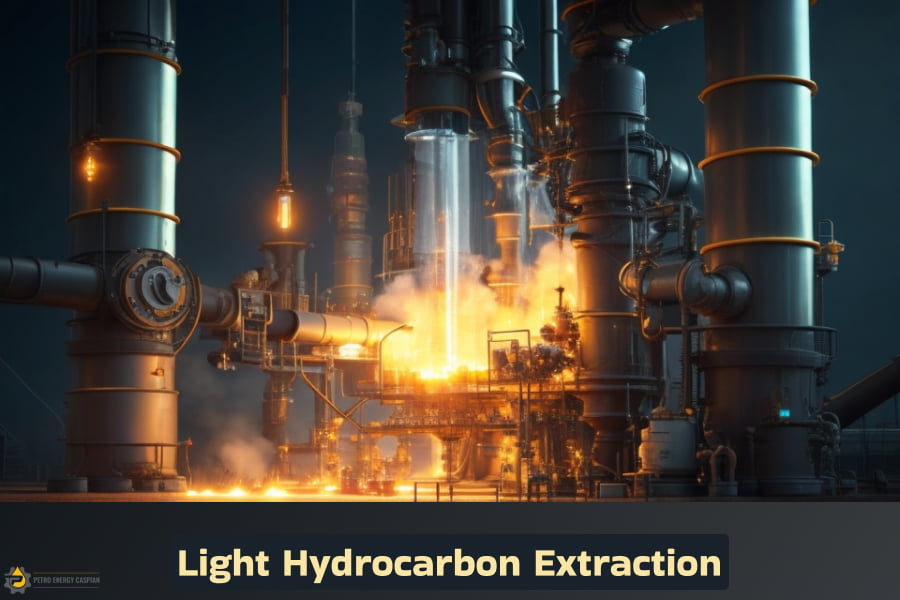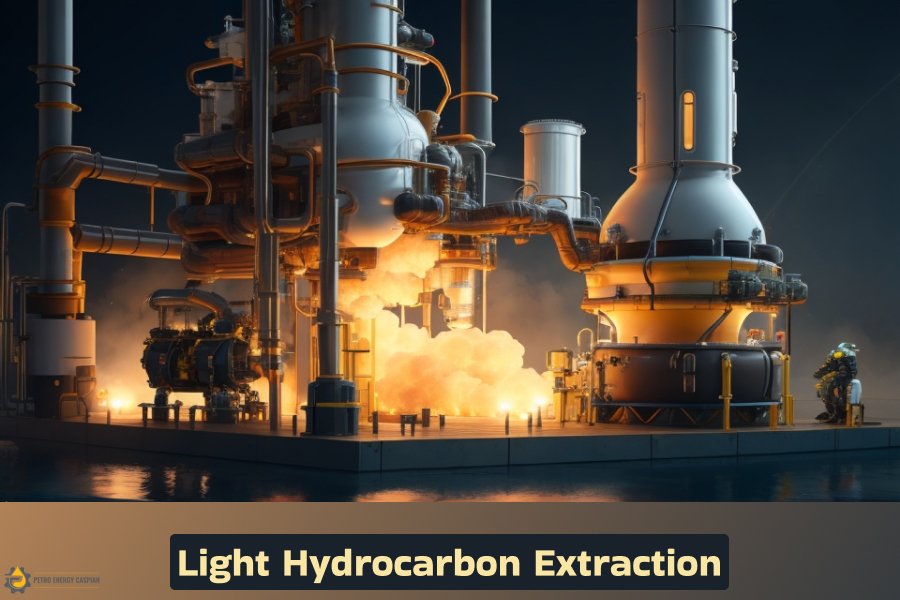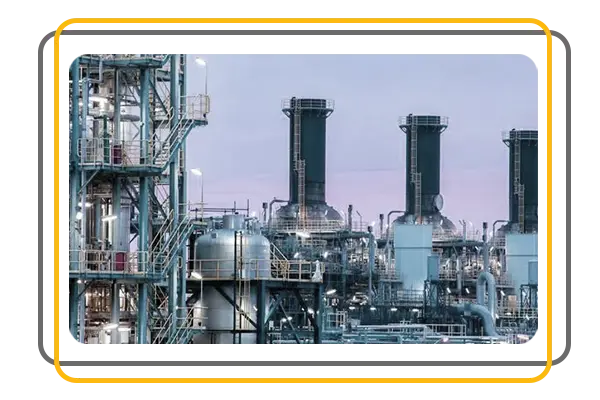Understanding Light Hydrocarbons
Light hydrocarbons are gaseous or liquid hydrocarbon compounds with low molecular weights, typically consisting of methane (CH4), ethane (C2H6), propane (C3H8), and butane (C4H10). These hydrocarbons are commonly found in natural gas reservoirs and associated petroleum fields. The extraction and utilization of light hydrocarbons have gained significant importance due to their versatile applications across various industries.
Light Hydrocarbon Extraction Techniques
There are a number of different methods that can be used to extract light hydrocarbons from the earth. The most common methods are:
- Distillation: This is a widely used method for separating light hydrocarbons from a mixture. By utilizing differences in boiling points, distillation allows the separation of hydrocarbons into various fractions, such as methane, ethane, propane, and butane.
- Fractional Crystallization: Fractional crystallization involves the controlled cooling of a mixture to form crystals of specific hydrocarbons. By carefully manipulating temperature and pressure, different light hydrocarbons can be separated effectively.
- Adsorption: Adsorption techniques, such as activated carbon or zeolite beds, can be employed to selectively adsorb and separate light hydrocarbons based on their physical and chemical properties. This method provides high selectivity and purity.
- Membrane Separation: Membrane separation techniques exploit the permeability of different hydrocarbon molecules through specialized membranes. By leveraging the size and shape differences of light hydrocarbons, this method offers an energy-efficient and cost-effective means of separation.
Applications of Light Hydrocarbons
Light hydrocarbons have a variety of applications. They are used as fuels, industrial feedstocks, and solvents. Some of the specific applications of light hydrocarbons include:
- Energy Production: Light hydrocarbons, particularly methane, serve as an essential fuel source for power generation. Their low carbon content and high combustion efficiency make them an attractive option for cleaner energy production.
- Petrochemical Industry: Light hydrocarbons are vital raw materials for the production of various petrochemical products, including plastics, solvents, lubricants, and synthetic fibers. Ethane and propane are particularly important in this regard.
- Residential and Commercial Use: Propane and butane find extensive use in residential and commercial applications, such as heating, cooking, and fueling vehicles. These hydrocarbons offer convenience and cost-effectiveness.
- Transportation: Compressed natural gas (CNG) and liquefied petroleum gas (LPG), both derived from light hydrocarbons, serve as alternative fuels for vehicles, reducing greenhouse gas emissions and improving air quality.

Advancements in Light Hydrocarbon Extraction
Advancements in light hydrocarbon extraction have been made in recent years. These advancements have led to increased efficiency and productivity in the extraction process, as well as the development of new and innovative extraction methods. Some of the key advancements in light hydrocarbon extraction include:
- Enhanced recovery techniques: Enhanced recovery techniques, such as hydraulic fracturing and carbon dioxide injection, have revolutionized the extraction of light hydrocarbons from unconventional sources, expanding the global supply.
- Sustainable extraction methods: The industry is actively exploring eco-friendly methods to extract light hydrocarbons, including the use of renewable energy sources and carbon capture technologies. These approaches aim to reduce the environmental impact of extraction processes.
- Digitalization and automation: Integration of digital technologies and automation has improved operational efficiency in light hydrocarbon extraction. Real-time data monitoring, predictive analytics, and autonomous systems contribute to safer and more productive operations.

Conclusion
Light hydrocarbon extraction plays a vital role in meeting the world’s energy demands while transitioning towards a more sustainable future. By adopting advanced extraction techniques and leveraging their versatile applications, we can ensure efficient utilization of these valuable resources.

